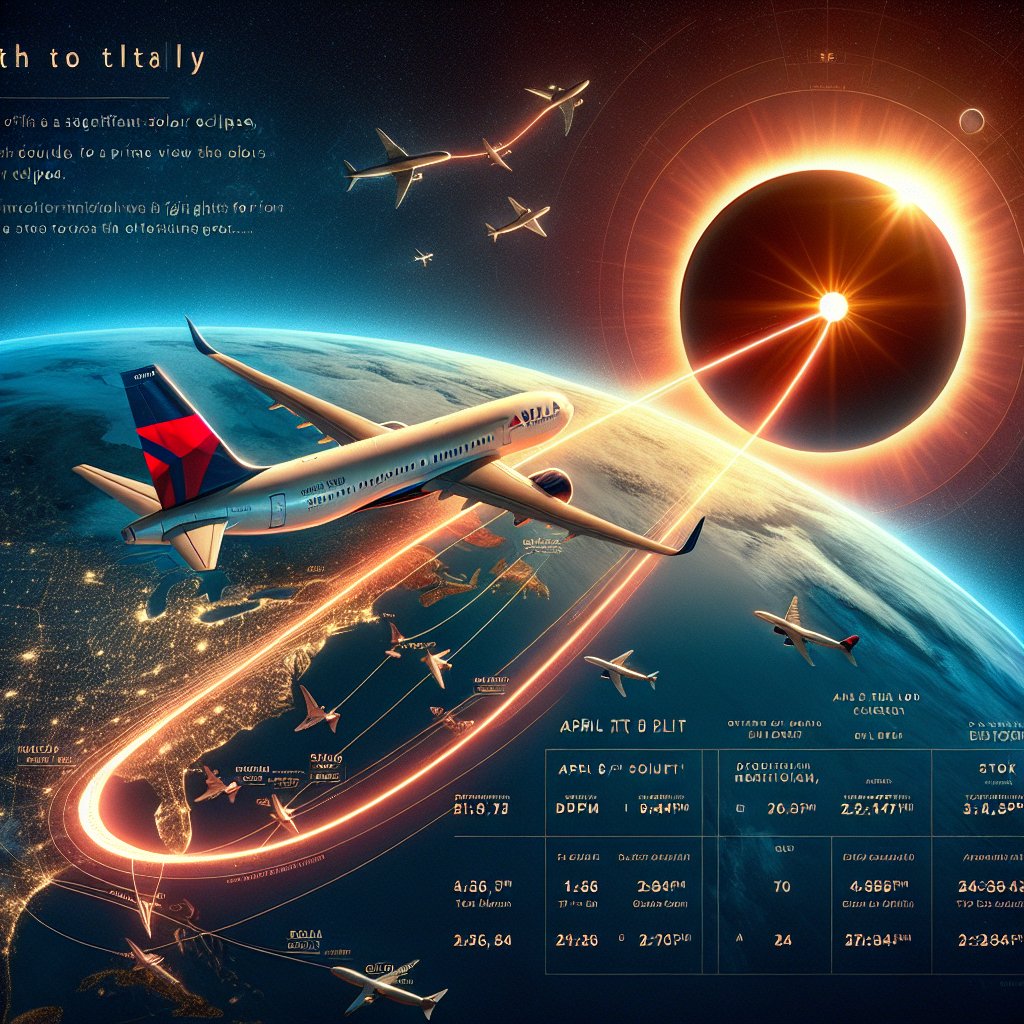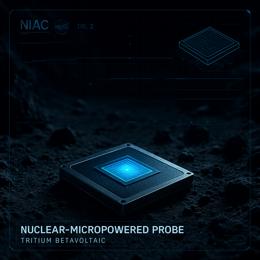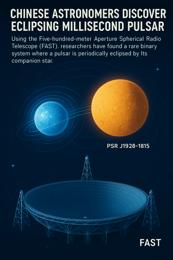Image created by AI
Delta to Offer Exclusive In-Flight View of North America's Last Total Solar Eclipse Until 2044
April 8 marks a significant day for skywatchers across North America, as it will be the continent's last chance to witness a total solar eclipse for the next 20 years. In anticipation of this rare celestial event, Delta Airlines has announced a unique offering: a specially chartered flight designed to give passengers a prime view of the eclipse from high above the clouds.
This exclusive Delta flight is set to depart from Austin, Texas, at 12:15 p.m. CT and arrive in Detroit, Michigan, at 4:20 p.m. ET. The flight's timing is meticulously planned to coincide with the peak of the solar eclipse, providing passengers with an unparalleled eclipse experience.
Aboard the Airbus A200-300 aircraft, renowned for its extra-large windows, skywatchers will be treated to "premium viewing" conditions. This feature is particularly important for observing the path of totality—the narrow zone where the moon completely obscures the sun.
The flight's cost is set at $1,129, which enthusiasts can consider an investment in an extraordinary memory. Those interested can reserve their seats directly through Delta's official website.
But this special offering isn't the only opportunity Delta provides its passengers. Multiple existing flights scheduled on April 8 will fly within the path of totality, affording eclipse views to travelers already in the sky. Delta encourages those treating themselves to this natural spectacle to remember their solar eclipse viewing glasses for eye safety during the phenomenon.
Delta has listed specific flights slated to venture within the path of totality, ensuring customers can plan accordingly to potentially snag a seat on one of these opportune routes:
- DL 5699, DTW-HPN, 2:59 pm EST departure
- DL 924, LAX-DFW, 8:40 am PST departure
- DL 2869, LAX-SAT, 9:00 am PST departure
- DL 1001, SLC-SAT, 10:08 am MST departure
- DL 1683, SLC-AUS, 9:55 am MST departure
Warren Weston, Delta Air Lines' lead meteorologist, emphasized the exceptional nature of the April 8 eclipse, noting it will last more than twice as long and have a path nearly twice as wide as the one witnessed in 2017. According to NASA, the path of totality will traverse several states, from Texas to Maine, offering a range of locations on the ground for observers.
Experts like Fred Espenak, a former NASA Goddard Space Flight Center astrophysicist, advise skywatchers to seek out spots with the least cloud coverage—both on the ground and in the air—to enjoy an unobstructed view of the total solar eclipse.
While Delta aims to deliver a thrilling experience, they also recognize elements like weather and air traffic control are beyond the airline's purview. Thus, the success of the eclipse viewing is partially left to chance with the possibility of clouds obstructing the spectacle. Nonetheless, Espenak expresses his hope for clear skies on the upcoming Eclipse Day.
The upcoming solar eclipse presents a once-in-a-generation event that Delta is eager to share with its passengers. With precision timing and a carefully selected aircraft, the airline is setting the stage for what could be many patrons' most memorable flight.










